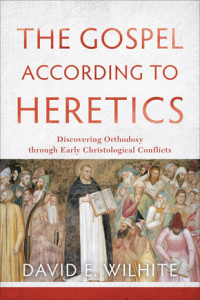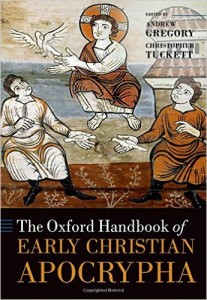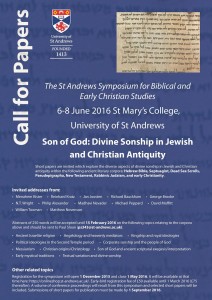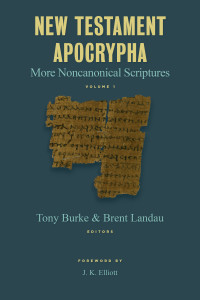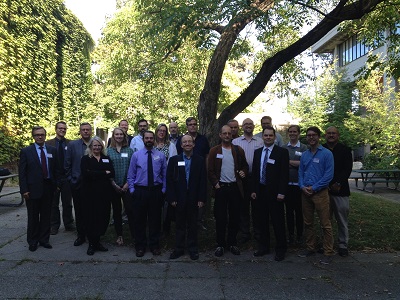2015 SBL Diary: Day 2
Day two of the 2015 SBL annual meeting began for me with the “Blogger and Online Publication” panel, a welcome change from Christian Apocrypha (mostly because I don’t have to take any notes! I can sit back and just listen). Funny enough, the first paper, by Rick Brannan, did discuss Christian Apocrypha and even gave a shout out to the More New Testament Apocrypha Project; funny enough, I missed that one. I did catch Christian Brady (aka Targuman)’s “The Life of a Blog from Cradle to Maturity.” He discussed mixing personal and professional aspects of his life on the blog, mentioning in particular the account he posted of his son’s sudden death and the comments (some very cruel) that he received about it.
Brady was followed by a three-member panel—with Bart Ehrman, Wil Gafney, and Lawrence Schiffman—on the benefits and challenges, rewards and hardships, of academic blogging. Ehrman is a reluctant blogger; he doesn’t particularly like blogging but does it for charity—he raised $100,000 last year alone. His output is quite striking: he writes a 1000-word post three or four days a week and, because he is a fast writer, manages to whip out a post in twenty minutes (though in that time I think James McGrath can do three posts and one or two song parodies). Schiffman has a different approach: essentially, he writes a paper and then gets his daughter, a social media expert, to carve from it a series of posts. All three of the speakers …

